12 Fiber-Rich Foods Critical for Stable Blood Sugar All Day Long
When it comes to managing blood sugar, fiber is your best ally. Unlike fast-digesting carbs, fiber slows glucose absorption, prevents spikes, and supports insulin sensitivity. It also keeps you fuller for longer, reducing the urge to snack on quick-fix sugar bombs. But not all fiber is created equal—and the best sources don’t always come from a supplement bottle. These 12 whole foods are naturally rich in fiber and perfect for stabilizing your blood sugar from breakfast to bedtime.
1. Lentils

Lentils are a powerhouse for anyone looking to manage blood sugar. Rich in both soluble fiber and plant-based protein, they digest slowly—meaning they don’t cause the sharp blood glucose spikes often triggered by refined carbs. Soluble fiber helps trap sugars and slow their absorption, while protein supports steady energy. Lentils are also high in resistant starch, a type of carbohydrate that feeds healthy gut bacteria and contributes to improved insulin sensitivity. Add them to hearty soups, stews, curries, or cold grain bowls. They’re affordable, shelf-stable, and deeply satisfying—a true pantry staple for blood sugar balance.
2. Chia Seeds
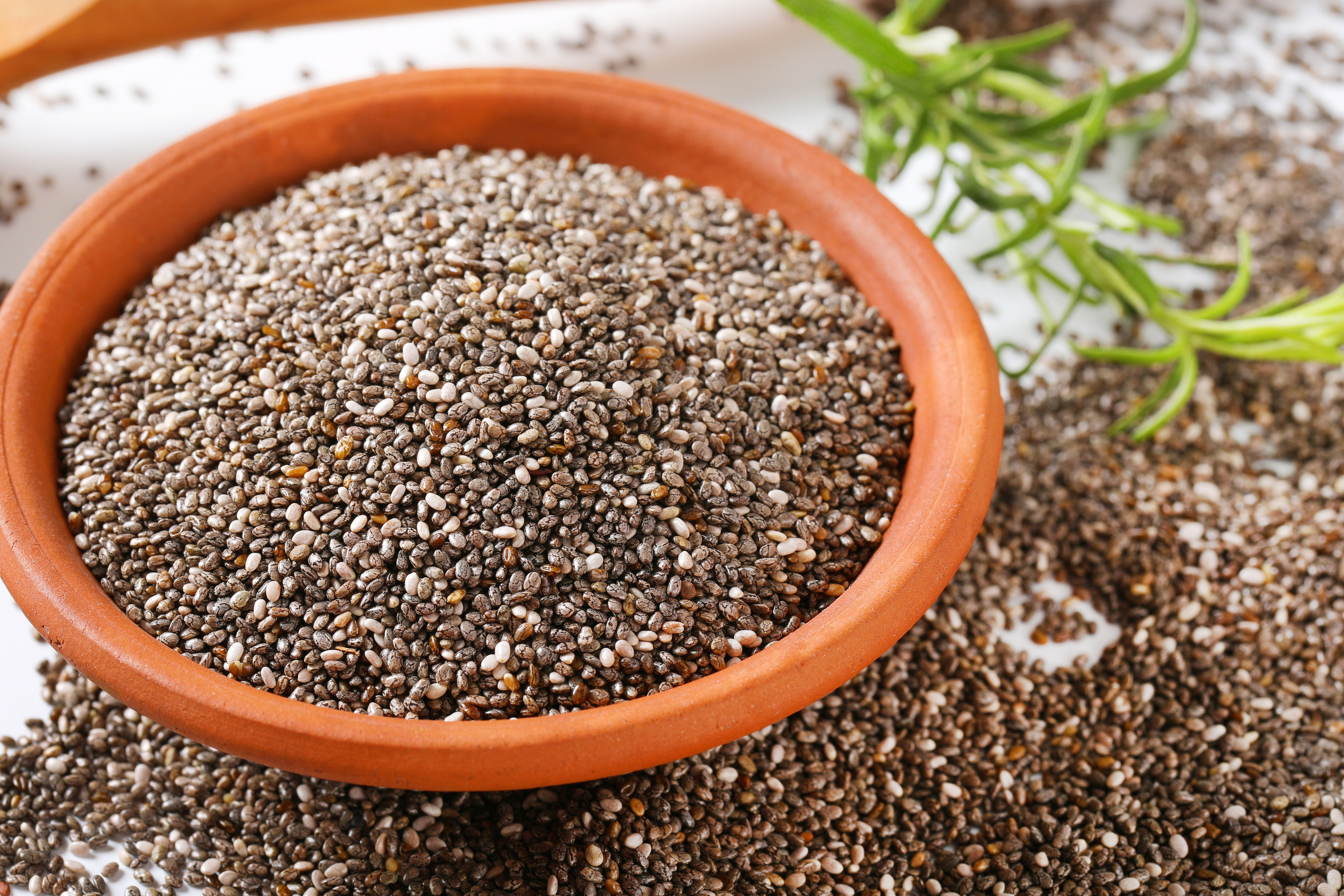
Despite their tiny size, chia seeds are one of the most efficient ways to add fiber to your diet. Two tablespoons offer roughly 10 grams of mostly soluble fiber, which absorbs water and forms a gel in your stomach. This gel slows down digestion, helps regulate appetite, and leads to a gentler post-meal glucose curve. Chia also contains omega-3 fatty acids and a small amount of protein, further aiding satiety. Add them to smoothies, overnight oats, or make a simple chia pudding with non-dairy milk. Their neutral taste makes them an easy addition to sweet or savory dishes.
3. Avocados
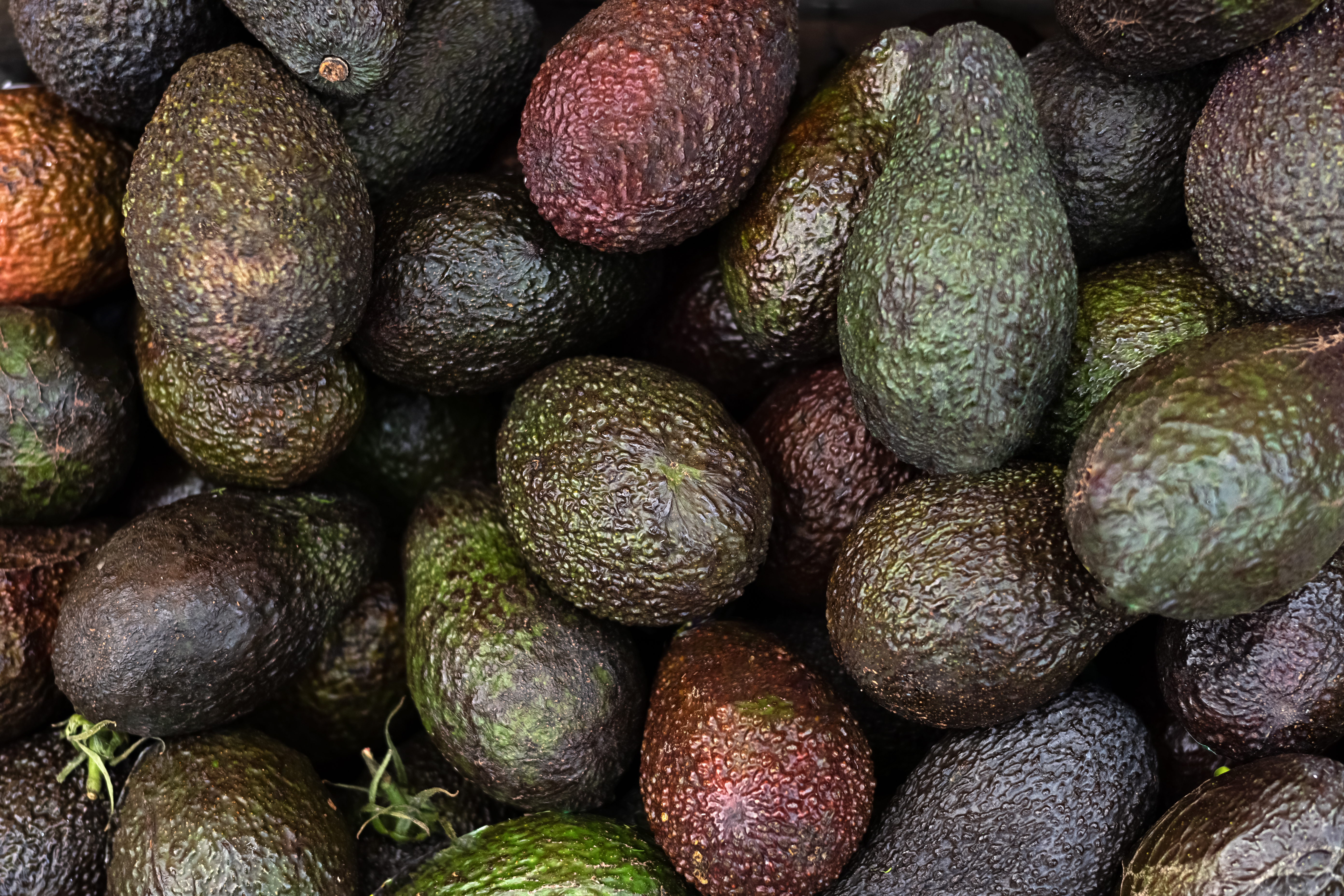
Avocados are a low-carb, high-fiber fruit loaded with healthy monounsaturated fats that stabilize blood sugar and promote satiety. Their unique composition—minimal sugar, around 10 grams of fiber per fruit, and nearly 20 vitamins and minerals—makes them a metabolic ally. The healthy fats slow digestion and support insulin function, while fiber helps moderate post-meal glucose release. Use avocados as a creamy base for smoothies, in salads, or spread on whole-grain toast. Their richness satisfies without spiking blood sugar, making them perfect for anyone managing insulin resistance or blood sugar sensitivity.
4. Oats (Steel-Cut or Rolled)
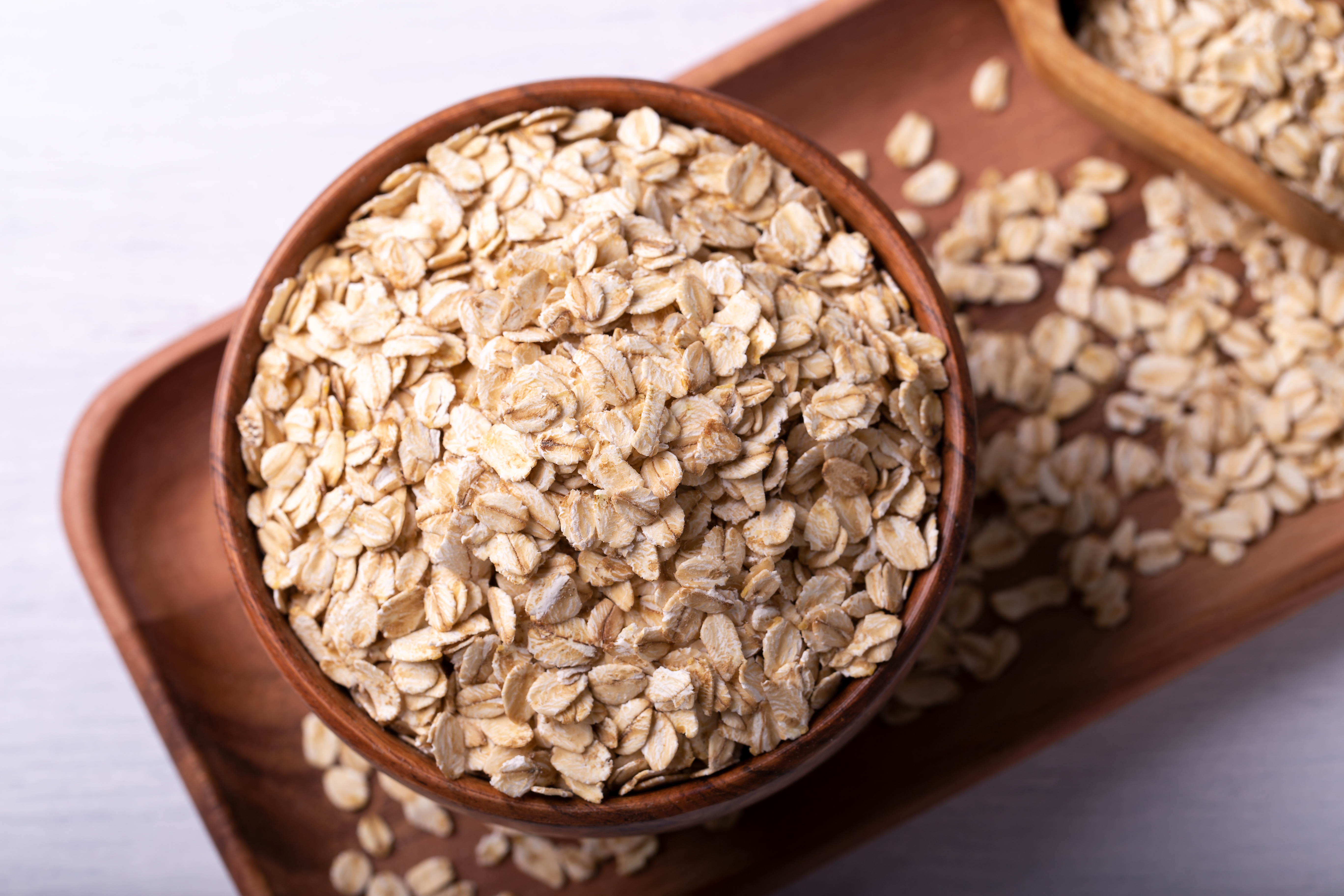
Oats are one of the most studied grains for blood sugar control—and for good reason. They contain beta-glucan, a soluble fiber known for improving insulin response and reducing LDL cholesterol. Steel-cut and rolled oats retain the most nutrients and digest slowly, offering a sustained energy release rather than a sugar spike. Instant oats, by contrast, are often more processed and may come with added sugars. For a blood sugar–friendly breakfast, pair oats with protein (like Greek yogurt or nuts) and a handful of berries. They’re versatile, comforting, and clinically proven to help flatten the glucose curve.
5. Chickpeas
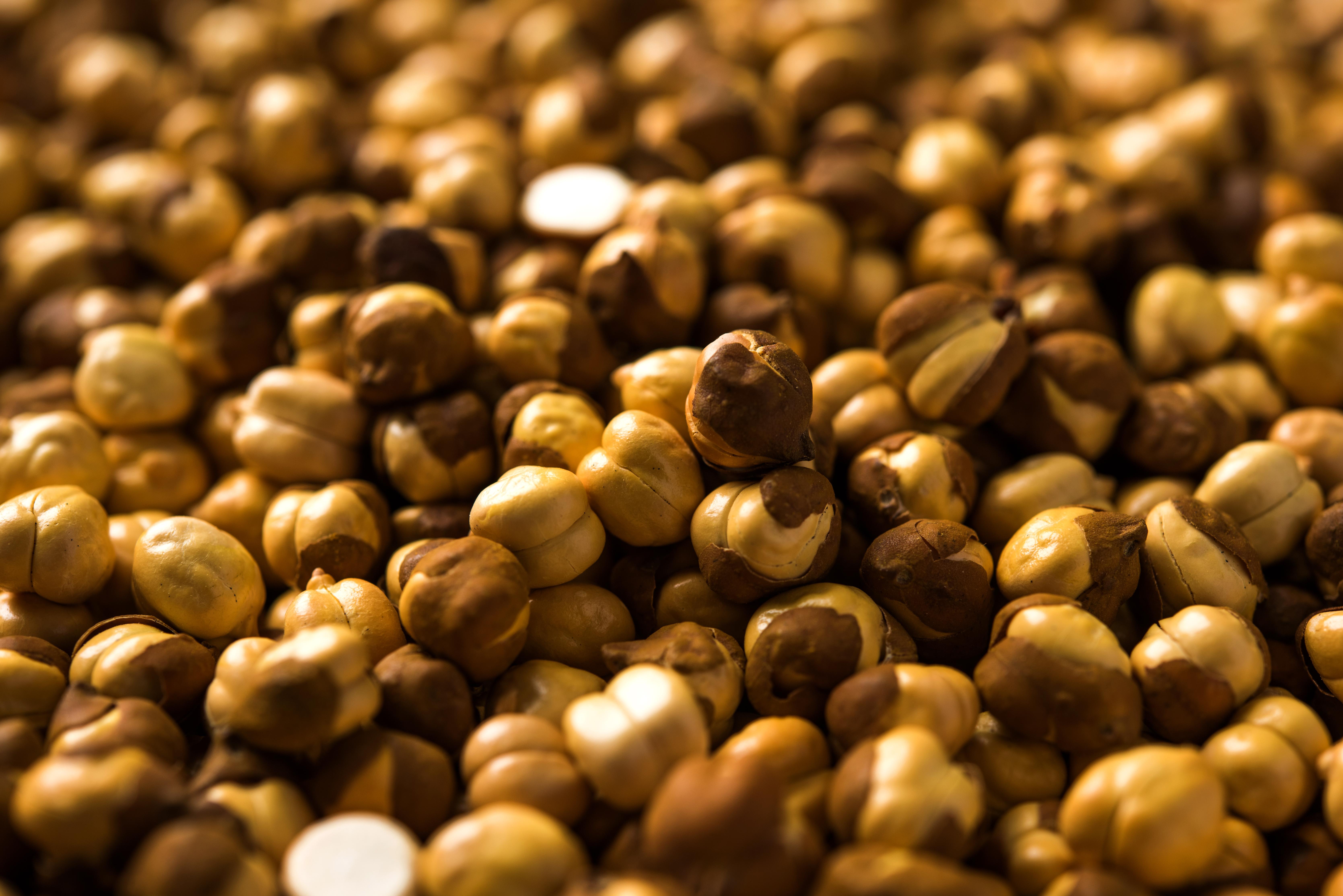
Chickpeas, or garbanzo beans, are a stellar source of both soluble and insoluble fiber, making them ideal for digestive and blood sugar health. With around 12 grams of fiber per cup, they help reduce glucose absorption and improve satiety. Their natural starches are slowly digested, leading to a steadier post-meal insulin response. Chickpeas also provide plant-based protein and micronutrients like magnesium and folate. Whether blended into hummus, tossed into grain bowls, or roasted for a crunchy snack, they’re a versatile ingredient that works just as well in savory meals as it does in snack prep.
6. Berries (Especially Raspberries and Blackberries)

Berries are one of the most blood sugar–friendly fruits you can eat. Raspberries and blackberries are especially potent, packing 8 grams of fiber per cup and relatively low natural sugar. Their deep color signals high levels of anthocyanins—plant compounds that have been linked to improved insulin sensitivity and reduced inflammation. Unlike high-glycemic fruits, berries release their sugars slowly and offer antioxidant protection in the process. They’re excellent on their own, with yogurt, in smoothies, or even sprinkled on salads. When sweet cravings hit, berries satisfy without sabotaging your glucose.
7. Sweet Potatoes (With Skin)

Sweet potatoes are a complex carbohydrate that earns their spot on any blood sugar–friendly list—especially when eaten with the skin. They contain both soluble and insoluble fiber, slow-digesting starches, and key nutrients like potassium and beta-carotene. The skin adds additional fiber, helping to moderate how quickly sugar is absorbed into the bloodstream. Compared to white potatoes, sweet potatoes have a lower glycemic index and offer a longer-lasting source of energy. Roast them, mash them, or cube them into grain bowls. They’re sweet by nature but balanced by structure—a rare trait in starchy vegetables.
8. Quinoa
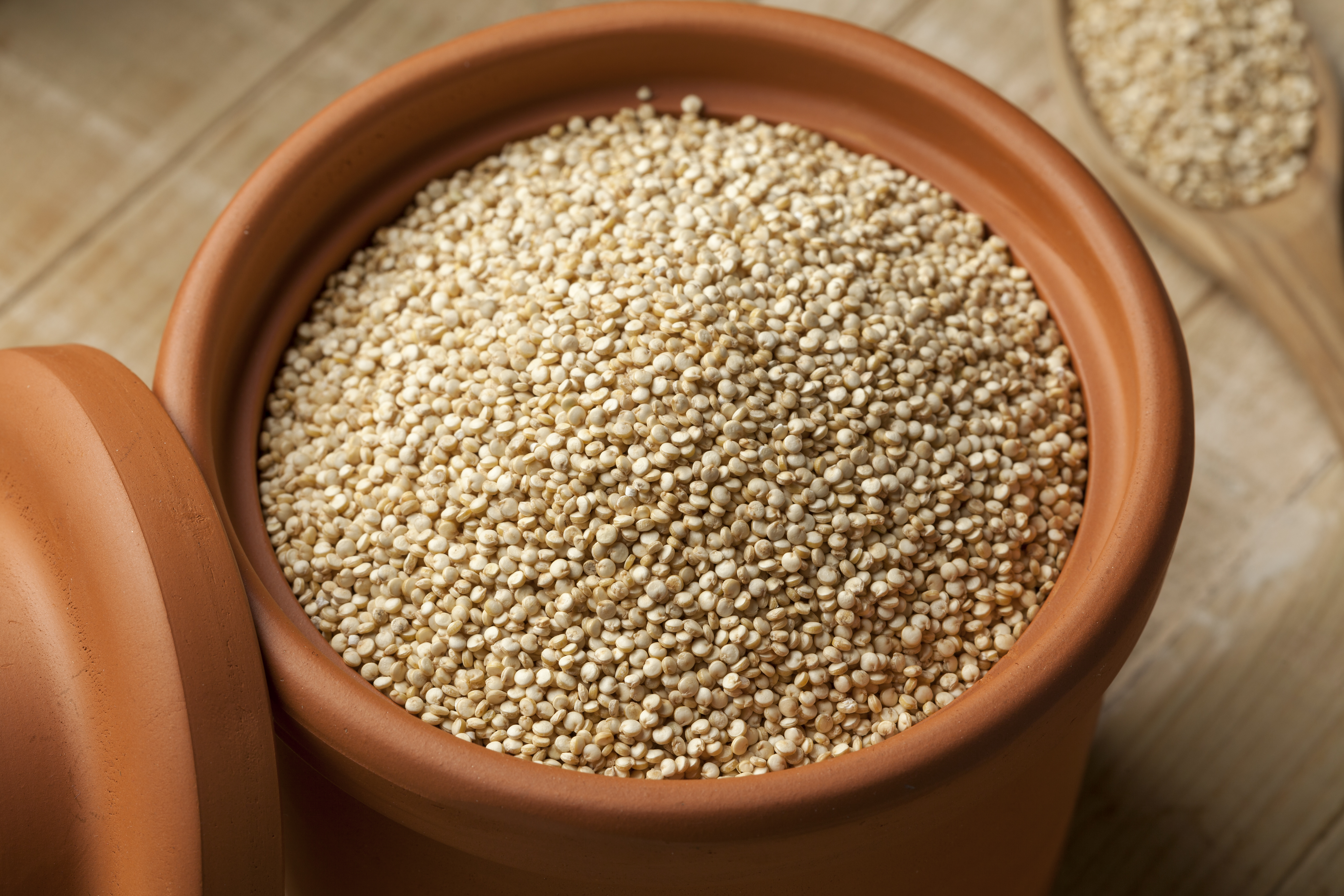
Quinoa is often labeled a supergrain, but it's technically a seed—and one that plays remarkably well with blood sugar. It’s a complete protein, meaning it contains all nine essential amino acids, which makes it more satisfying than many carb-heavy alternatives. Quinoa is also rich in fiber, magnesium, and antioxidants. Its low glycemic index means it digests gradually, supporting steady glucose and insulin levels. Use quinoa as a base for bowls, pilafs, or salads. Its mild flavor and fluffy texture make it an ideal canvas for both savory and sweet pairings—proof that a “grain” can be both hearty and metabolic-friendly.
9. Flaxseeds
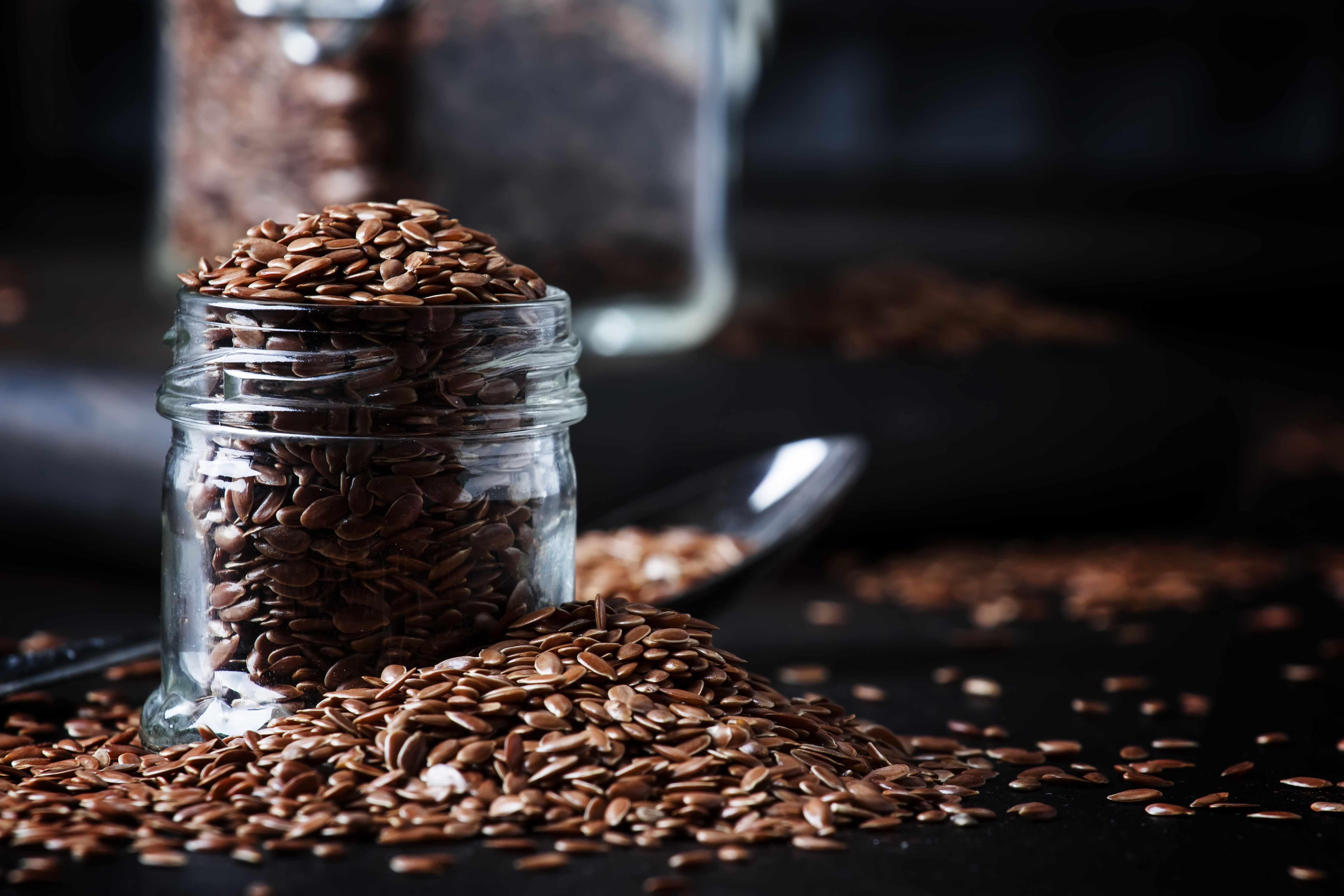
Ground flaxseeds are one of the most efficient fiber boosters around. Just two tablespoons deliver nearly 6 grams of fiber—mostly soluble—and a powerful dose of omega-3s. Their gel-like consistency when mixed with liquid helps slow digestion, improve cholesterol levels, and support balanced blood sugar. Flaxseeds are also lignan-rich, offering hormonal and anti-inflammatory benefits. Always use them ground, as whole seeds pass through undigested. Sprinkle them into oatmeal, smoothies, pancake batter, or even over vegetables. Their nutty flavor blends easily into most foods, and their metabolic benefits start with just a spoonful a day.
10. Brussels Sprouts
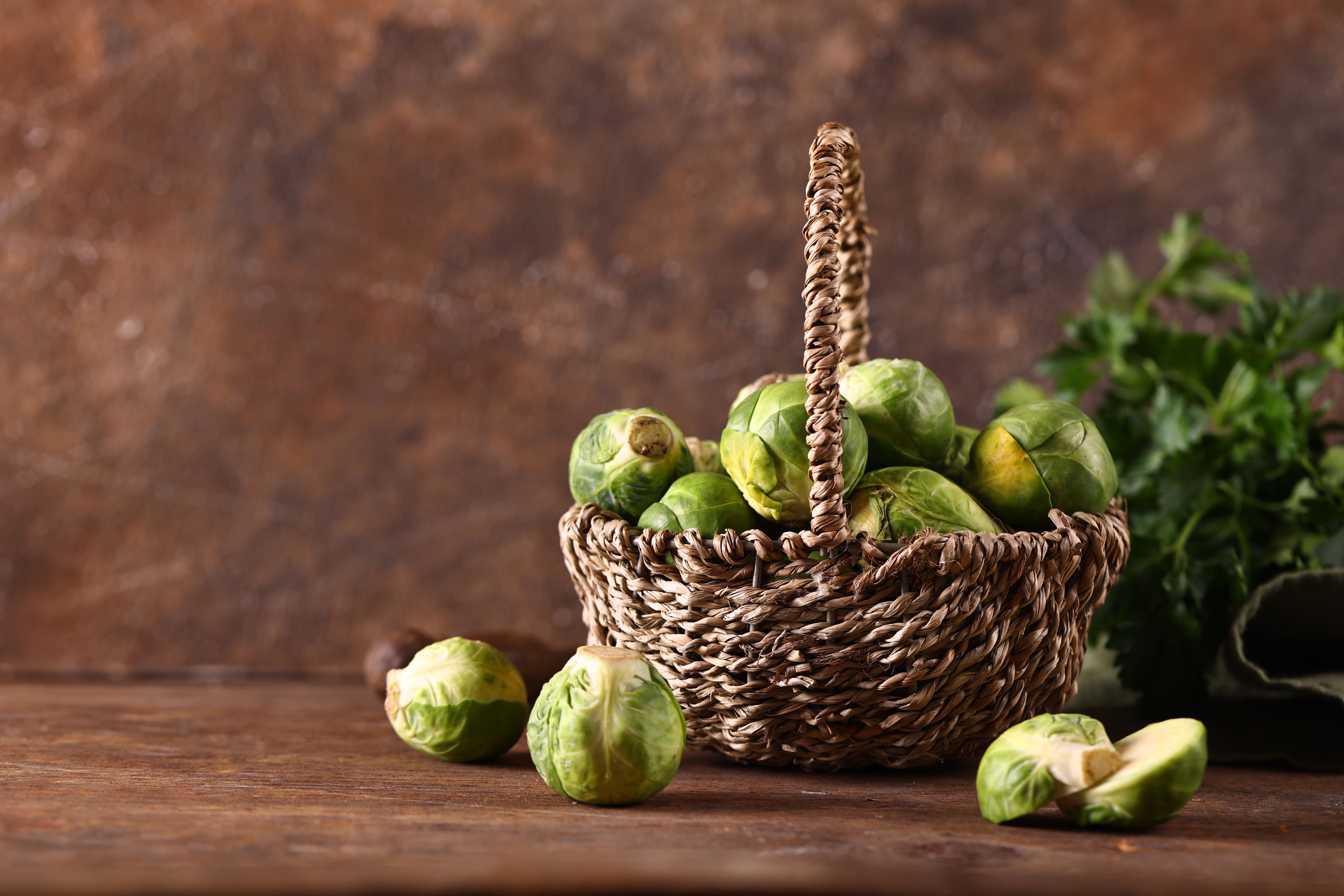
Brussels sprouts are a cruciferous vegetable loaded with fiber, antioxidants, and plant compounds that support insulin sensitivity. One cup contains 3–4 grams of fiber, which helps stabilize blood sugar after meals. These little cabbages also contain alpha-lipoic acid, which may improve glucose uptake at the cellular level. Roasting enhances their natural sweetness and makes them a delicious side dish or salad topping. Shaved raw into slaws or sautéed with olive oil and lemon, they’re a gut-friendly, blood sugar–balancing addition to any meal. Plus, their bitter notes support liver detox pathways, adding to their systemic benefits.
11. Pears (With Skin)
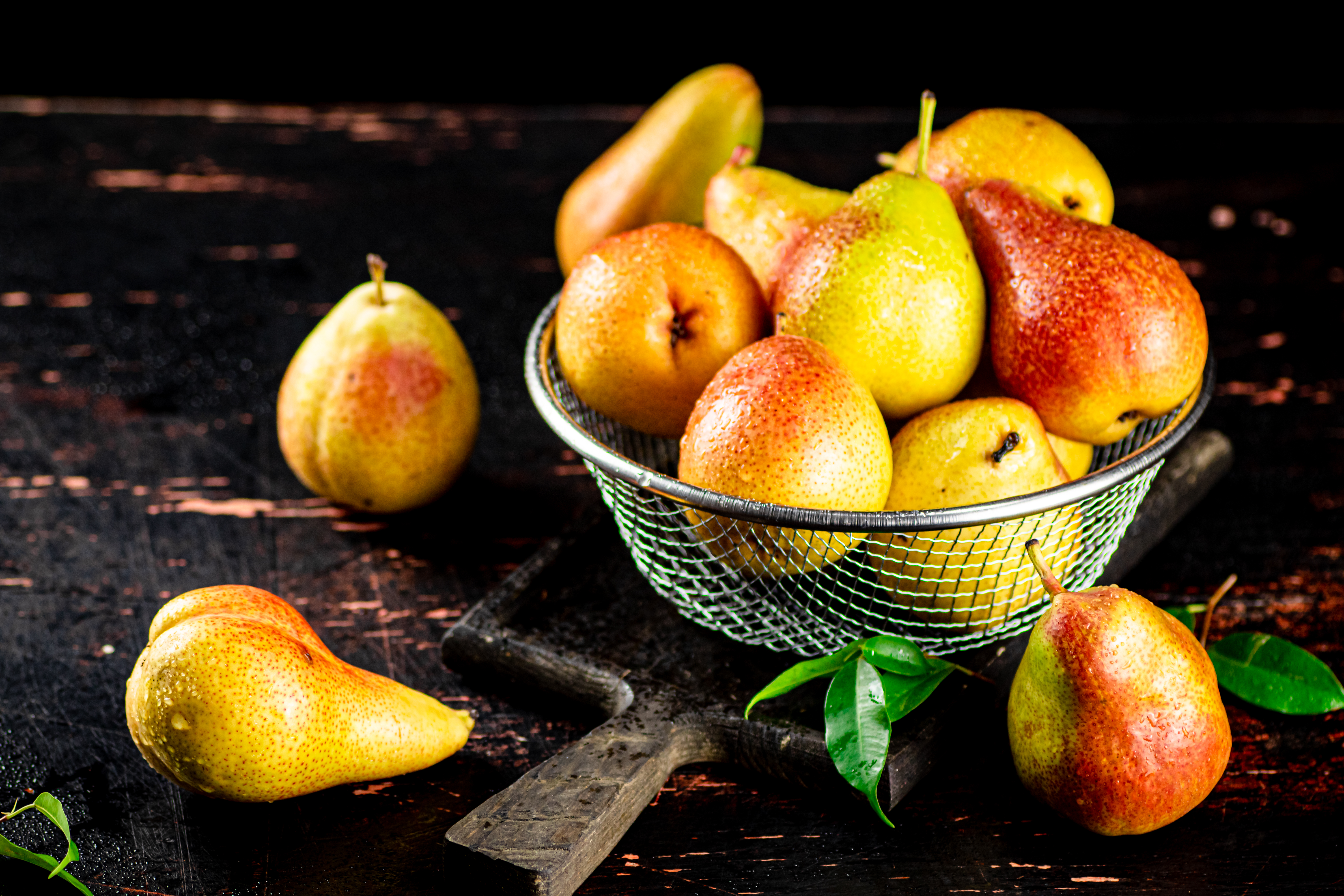
Pears are one of the most fiber-rich fruits, especially when eaten with the skin. A medium pear provides around 6 grams of fiber, including soluble fiber that slows carbohydrate absorption and blunts blood sugar spikes. Their sweetness satisfies sugar cravings, but the fiber ensures a gradual release of glucose into the bloodstream. Pears also offer antioxidants like flavonoids and vitamin C, supporting overall metabolic and immune health. They’re excellent fresh, roasted, or sliced into salads. When you're looking for a sweet option that plays nice with your pancreas, a ripe pear—with the skin—is as close to perfect as fruit gets.
12. Barley
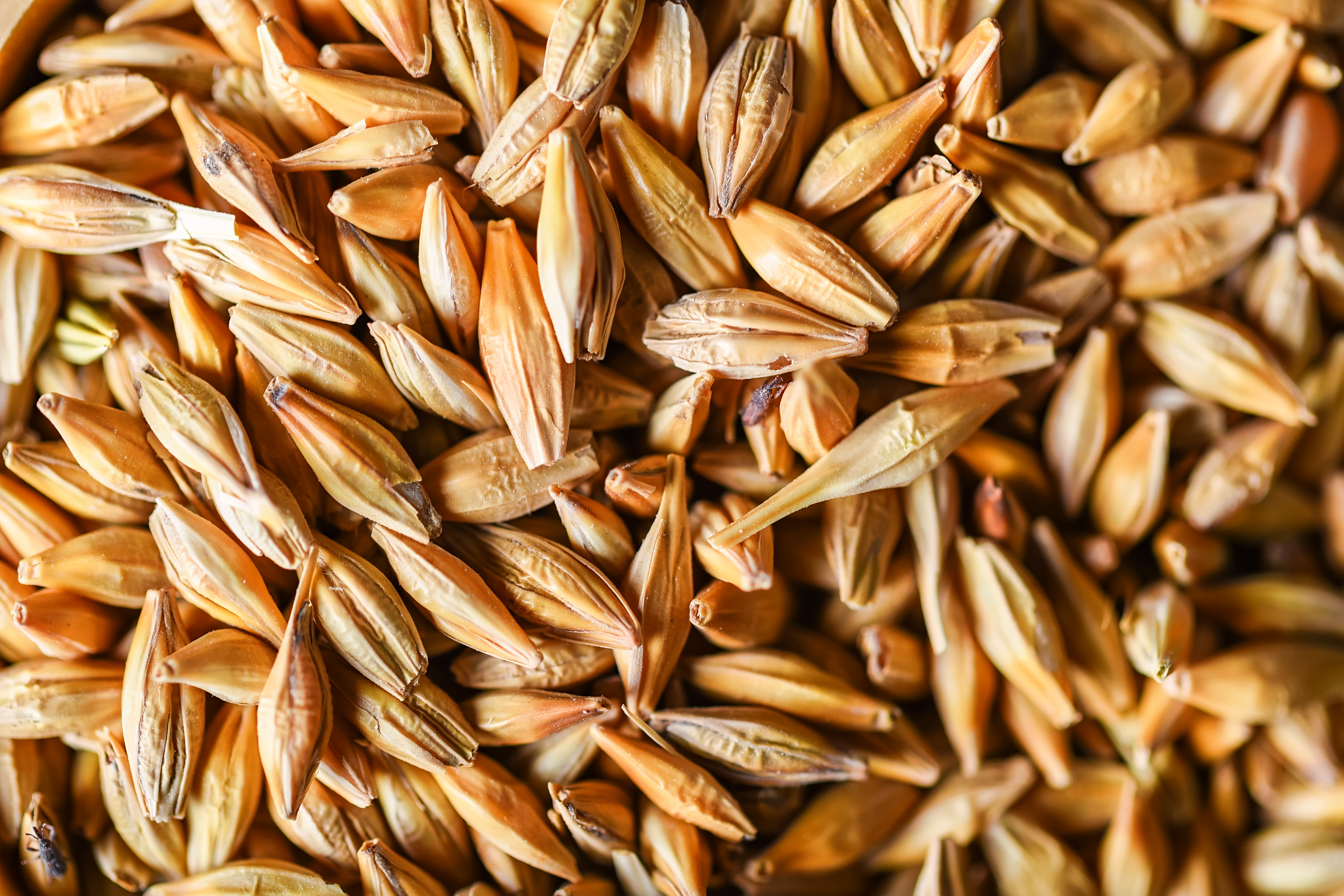
Often overlooked in favor of trendier grains, barley is actually one of the best foods for blood sugar control. Its high beta-glucan content—a form of soluble fiber—slows digestion and improves insulin response. Barley also contains resistant starch, which feeds beneficial gut bacteria and further helps modulate glucose levels. Choose hulled or pearled barley for soups, stews, or warm grain salads. It has a chewy texture and nutty flavor that make it satisfying and versatile. Unlike white rice or pasta, barley offers lasting fullness without the crash, making it a smart grain swap for long-term metabolic health.
Blood sugar balance isn’t just about cutting sugar—it’s about choosing foods that work with your body, not against it. These high-fiber, slow-digesting staples don’t just prevent spikes; they build a foundation for steady energy, better digestion, and long-term metabolic health. Whether you’re managing insulin resistance or just trying to avoid the 3 p.m. crash, small daily choices—like adding lentils to lunch or tossing flax into your oats—can have a big cumulative impact. Nourishing your body doesn’t require extremes. Just consistency, awareness, and the kind of ingredients that support balance from the inside out.